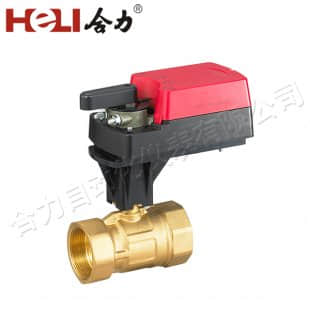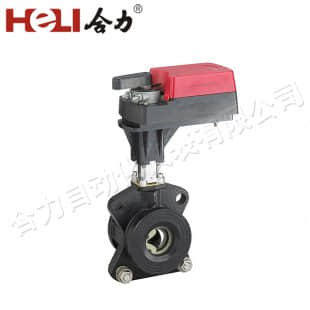
Damper actuators play a crucial role in various HVAC (Heating, Ventilation, and Air Conditioning) systems, contributing to energy efficiency and comfort in buildings. These devices are responsible for controlling the position of dampers, which regulate airflow within ducts and ventilation systems. Understanding the functionality and applications of damper actuators is essential for optimizing indoor air quality and energy usage.

At its core, a damper actuator is a mechanical device that automatically adjusts the position of a damper blade based on control signals. These signals can be generated by a building management system (BMS), thermostats, or other control devices, depending on the specific application. The actuator's primary function is to modulate the airflow by opening or closing the damper, allowing for precise control over temperature and air distribution throughout a space.

